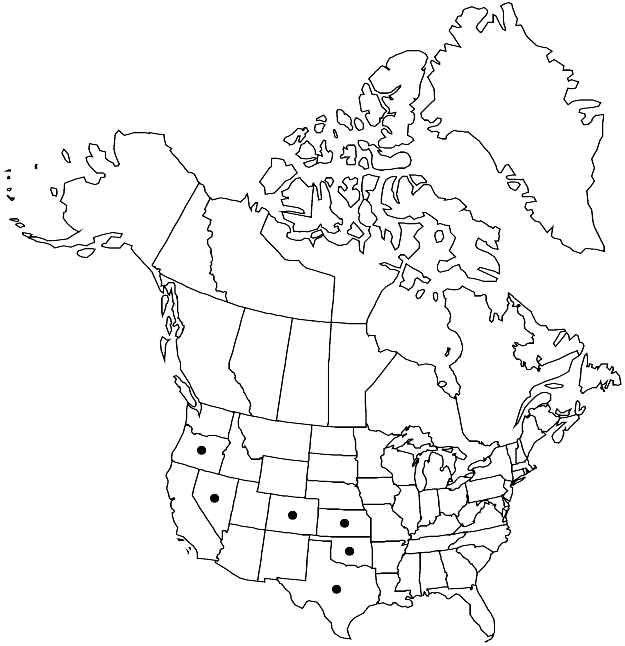Camelina rumelica
Sitzungsber. Königl. Böhm. Ges. Wiss., Math.-Naturwiss. Cl. 1886: 448, fig. 13a. 1887.
Annuals. Stems unbranched or branched distally, 1.5–4 (–6) dm, densely to moderately hirsute-hispidulous basally, trichomes simple, to 3.5 mm, mixed with fewer, branched ones, (glabrescent distally). Basal leaves persistent after anthesis (into fruiting). Cauline leaves: blade lanceolate to oblong, (1–) 2–6 (–9) cm × 2–10 (–20) mm, base sagittate or minutely auriculate, margins entire or irregularly denticulate, (often subciliate), apex acute, surfaces pubescent, trichomes primarily simple. Fruiting pedicels ascending to divaricate, 7–10 (–14) mm. Flowers: sepals (2.7–) 3–4 (–4.5) × 0.5–1 mm; petals white or creamy white, (5–) 6–8 (–9) × 1.5–2 mm; filaments 2–3.5 mm; anthers ca. 0.5 mm. Fruits pyriform to obovoid, 5–7 × 3.5–5 mm, apex acute; valves each obscurely veined, margin narrowly winged; style 2–3 mm. Seeds brown, 1.2–1.5 × 0.5–0.6 mm. 2n = 12, 26.
Phenology: Flowering May–Jun.
Habitat: Fields, roadsides, waste places
Elevation: 100-1700 m
Distribution

Introduced; Colo., Kans., Nev., Okla., Oreg., Tex., Europe, sw Asia
Discussion
R. L. McGregor (1984, 1985) and R. C. Rollins (1993) stated that Camelina rumelica is naturalized also in Texas; we have not seen material that supports those reports.
Selected References
None.
Lower Taxa
"elongated" is not a number."thick" is not a number."dm" is not declared as a valid unit of measurement for this property."dm" is not declared as a valid unit of measurement for this property.